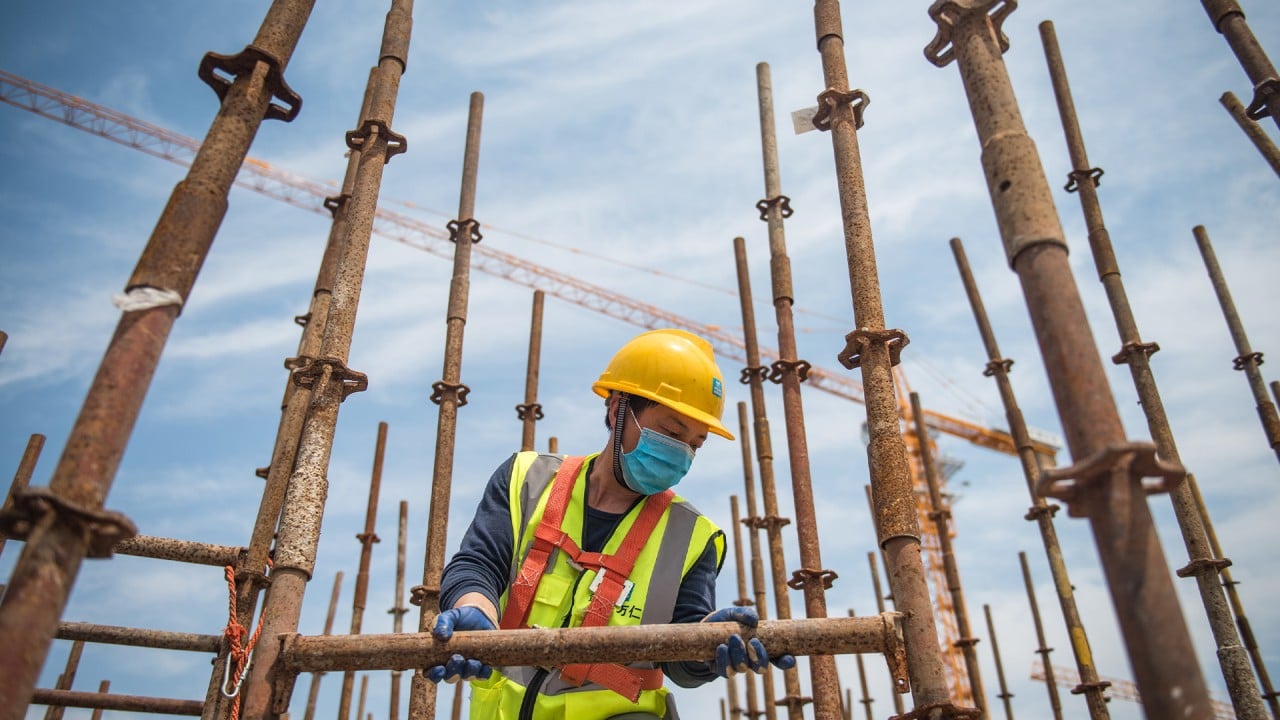
Coronavirus recovery: Opportunities abound for small businesses in Asia
- With a business culture fired by technology and innovation, small companies and start-ups will be central to growth in Asia in the coming years
- Covid-19 has changed the world and our way of life, but opportunities in this region are there for small and medium-size firms looking to grow
Asia has long been a world leader in regional integration, exploring remarkable and ever-adapting networks in trade, investment and innovation. Despite great diversity in people and cultures, it has positioned itself as a closely-knit economy focused on international business opportunities.
These long-standing “inside Asia” relationships will give this region the edge in 2020 as businesses evolve to meet the huge challenges from Covid-19. That’s especially so for up-and-coming small businesses.
The value of intra-Asia trade is high compared to other regional blocs. Intra-Asia exports account for 60 per cent of regional exports, second only to intra-European Union exports of 68 per cent.
While the economic impact of the pandemic will curtail growth in Asian economies this year, China and Southeast Asia will remain key players in intra-Asia trade because of the expected rebound in these markets by 2021, especially as Chinese demand for goods resumes.

05:02
Coronavirus backlash further fraying China’s ties to global economy
Second, China and India will keep growing in 2020. Through transforming trade and selling more goods locally, Asian economies can fare better than those across the world. In the current global slowdown, emerging Asia is expected to be the only region with a positive growth rate in 2020.
Despite the slowdown in regional growth, intra-Asian markets have what it takes to support recovery. For instance, Vietnam remains Southeast Asia’s fastest-growing economy with an ambitious 2020 growth target of 5 per cent, and it has become one of the world’s key manufacturing hubs.
How China can ensure critical aid to the small firms vital for recovery
What’s being exported is also interesting. For instance, pharmaceutical exports from Singapore surged at the end of 2019. They rose 34.7 per cent in December, ahead of the electronics sector.
This year, with health and safety paramount amid the pandemic, opportunities for health care and online education start-ups are in focus. Companies must adapt to the new environment and pivot, if needed, into new areas.

07:15
How hi-tech solutions are being used across Asia to cope with the coronavirus pandemic
Fourth, Asia’s growing middle class is tomorrow’s savvy consumer. Providing the consumers for intra-Asia business growth is a rapidly growing Asian middle class – households with daily per capita incomes between US$10 and US$100 at 2005 purchasing power parity. These consumers have huge appetites for imports from other Asia-Pacific countries.
In 2009, the global middle class of 1.8 million was spread fairly evenly around the world, with 525 million in Asia. That number is set to surge to 3.2 billion this year and 4.9 billion by 2030, mostly from population growth in Asia.
Finally, better connections will boost intra-Asia volumes. Whether it’s test kits, medical supplies or home-made electronic products, it might be said that all roads lead to Asia. With Asia potentially reaching 50 per cent of global GDP by 2040 and driving 40 per cent of the world’s consumption, it represents a shift in the world’s centre of gravity.
Covid-19 has changed the world and our way of life, but the message is clear for small and medium-sized businesses looking to grow. If you’re seeking opportunities across the Asia-Pacific, you will find them.
Kawal Preet is president of Asia Pacific, Middle East and Africa (AMEA) at FedEx Express

